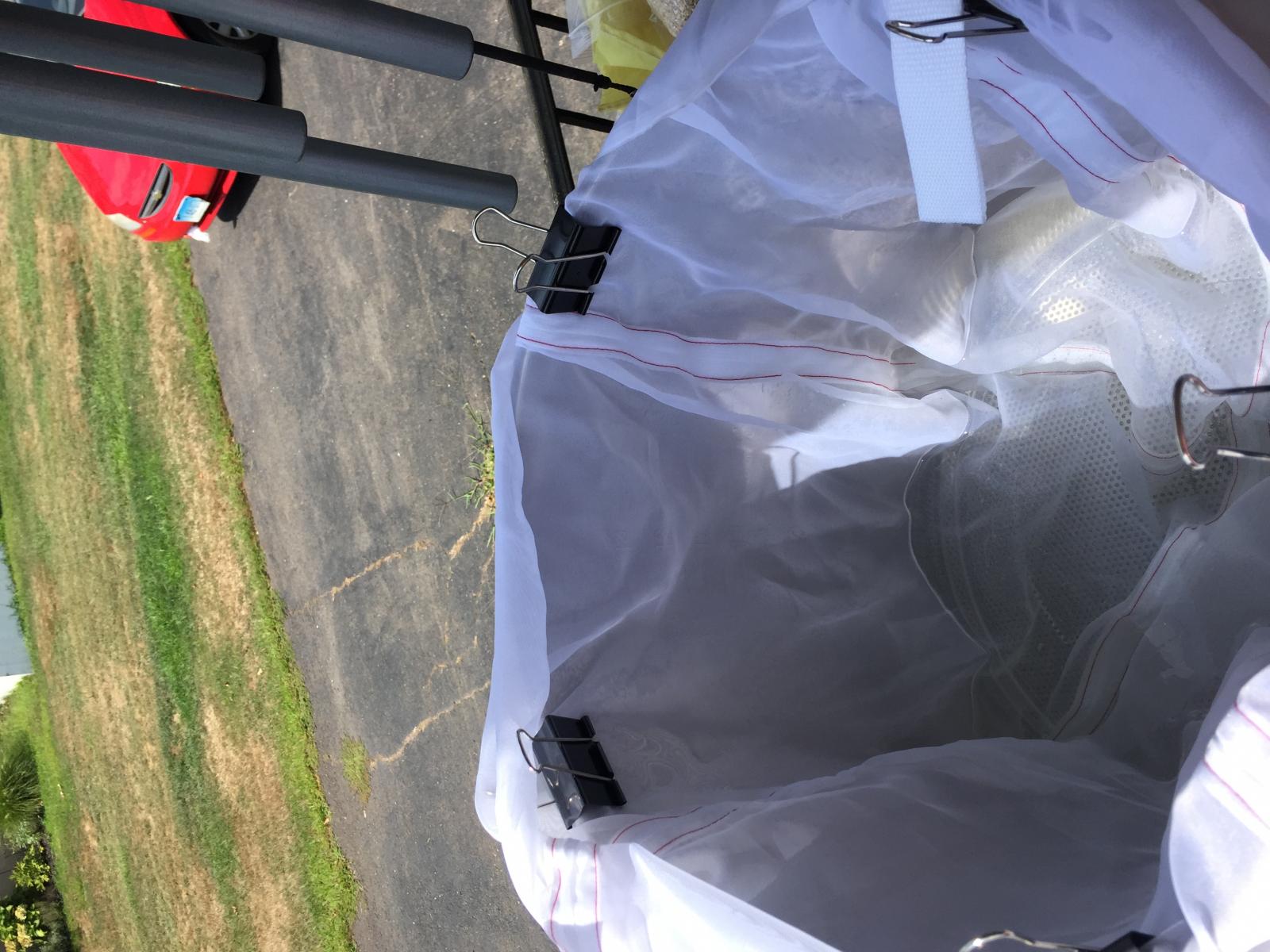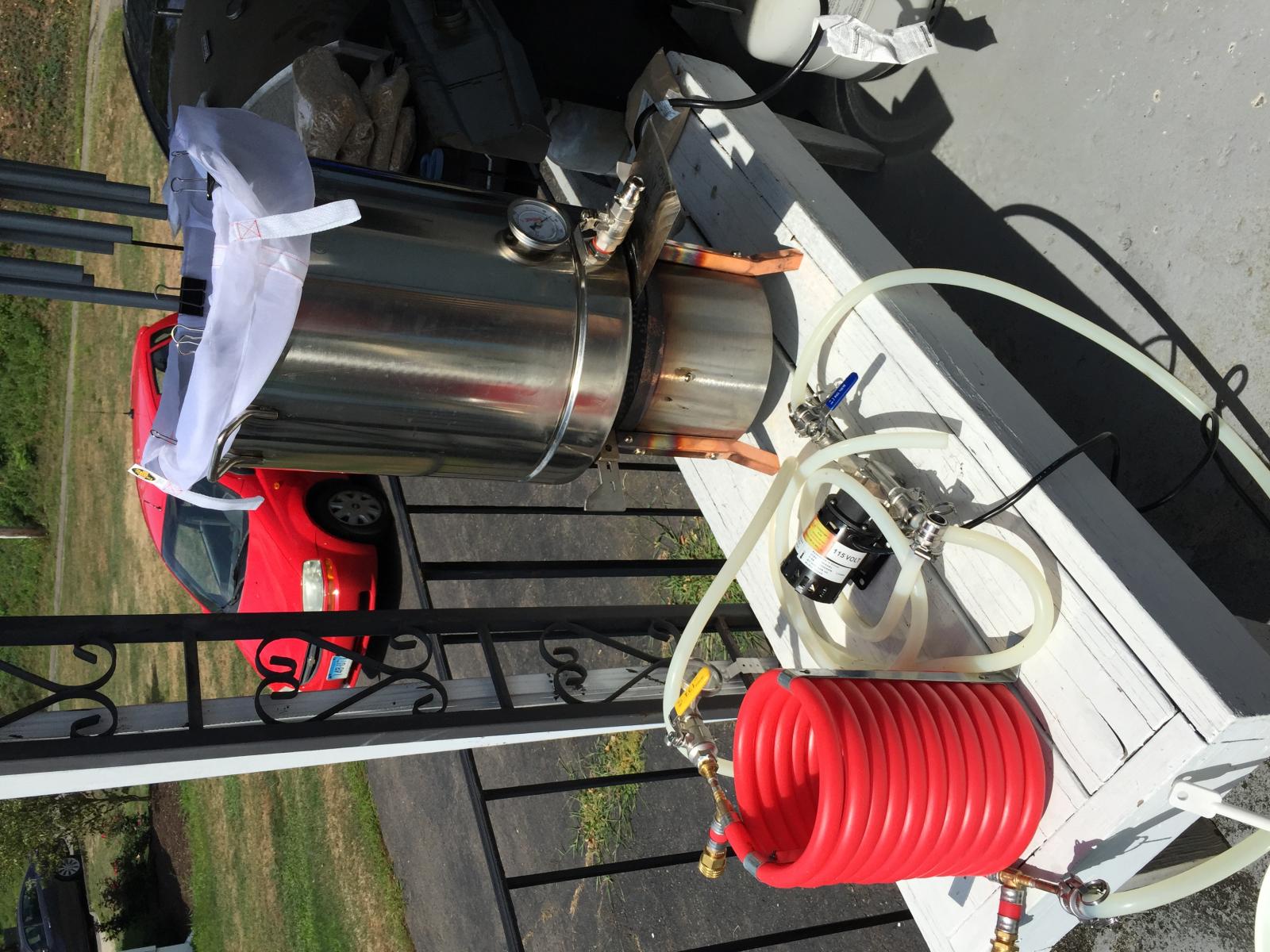Morrey
Well-Known Member
I made a recent post about putting together a recipe for extract based light ales, and got lots of cost saving advice to look into all-grain or BIAB. I realized I have all the additional equipment necessary for BIAB, namely a 12 gallon boil kettle and a high output propane cooker. Along with my other brewing equipment, it seems I am more ready for BIAB all-grain than I thought.
JohnnyBrewGood offered me some good starting advice which got me interested in BIAB. Couple of questions come to mind.....Do the grains that I need for my mash already come milled/crushed, or will I need to do that myself? I already use 5 gallon paint strainer bags (Lowes Home Improvement) to strain the trub from my wort when transferring to FV. Will this same type of bag be satisfactory for BIAB? Lastly, is there a good thread or resource to get the feel of BIAB which puts things in a fairly straightforward and easy to understand format?
Thanks for the advice!!
JohnnyBrewGood offered me some good starting advice which got me interested in BIAB. Couple of questions come to mind.....Do the grains that I need for my mash already come milled/crushed, or will I need to do that myself? I already use 5 gallon paint strainer bags (Lowes Home Improvement) to strain the trub from my wort when transferring to FV. Will this same type of bag be satisfactory for BIAB? Lastly, is there a good thread or resource to get the feel of BIAB which puts things in a fairly straightforward and easy to understand format?
Thanks for the advice!!


















![Craft A Brew - Safale S-04 Dry Yeast - Fermentis - English Ale Dry Yeast - For English and American Ales and Hard Apple Ciders - Ingredients for Home Brewing - Beer Making Supplies - [1 Pack]](https://m.media-amazon.com/images/I/41fVGNh6JfL._SL500_.jpg)













































